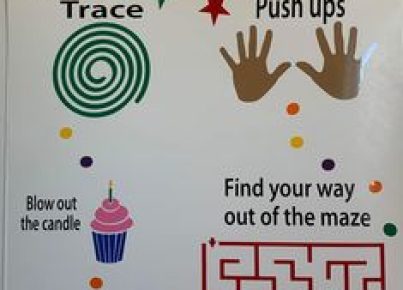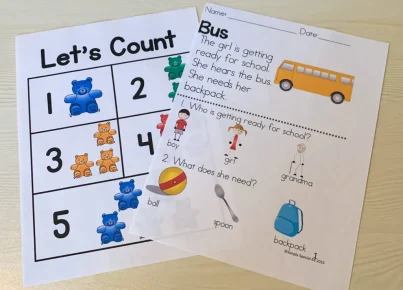Dysgraphia is a specific learning disability that affects a person’s handwriting ability and fine motor skills. It interferes with spelling, word spacing, and the general ability to put thoughts on paper. This might manifest as trouble with handwriting, typing, and spelling. Often misunderstood as laziness or lack of effort, dysgraphia is a neurological disorder that requires understanding and appropriate strategies to manage.
Understanding Dysgraphia in the Classroom
In a classroom setting, dysgraphia can be challenging for both students and teachers. Students with dysgraphia may experience difficulty organizing their thoughts on paper, struggle with the physical task of writing, or have trouble understanding proper sentence structure and grammar. Teachers may notice inconsistent spacing between words, illegible handwriting, or written work that is vastly different from their oral abilities.
Support Strategies for Dysgraphia
To support students with dysgraphia, educators can employ several strategies:
1. Use of Technology: Encouraging the use of computers or tablets can be extremely beneficial. Word processors often come with spell-check functions, and speech-to-text tools can help get ideas down more fluidly.
2. Alternative Writing Tools: Pencil grips, wider-lined paper, or other specialized writing instruments designed for easier handling can make writing less physically taxing.
3. Graphic Organizers: Implementing graphic organizers like mind maps or flow charts helps students plan and organize their writing.
4. Additional Time: Providing extra time for writing tasks ensures students are not rushed, which can worsen handwriting.
5. Explicit Instruction: Teaching handwriting skills explicitly or using occupational therapy exercises can improve motor control.
6. Modified Assignments: Reducing the length requirement for written work or allowing verbal responses can make assignments more manageable for students with dysgraphia.
7. Assessment Adjustments: Assessing knowledge through oral presentations or multiple-choice questions rather than written exams accommodates dysgraphic learners’ needs.
It is vital that teachers recognize the signs of dysgraphia and adapt their classroom strategies to support these students’ unique learning needs effectively. Through patience, creative accommodation, and specialized instruction, students with dysgraphia can experience success in the classroom and beyond.





